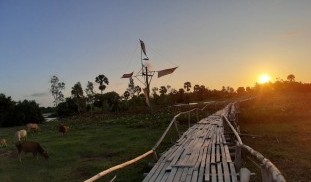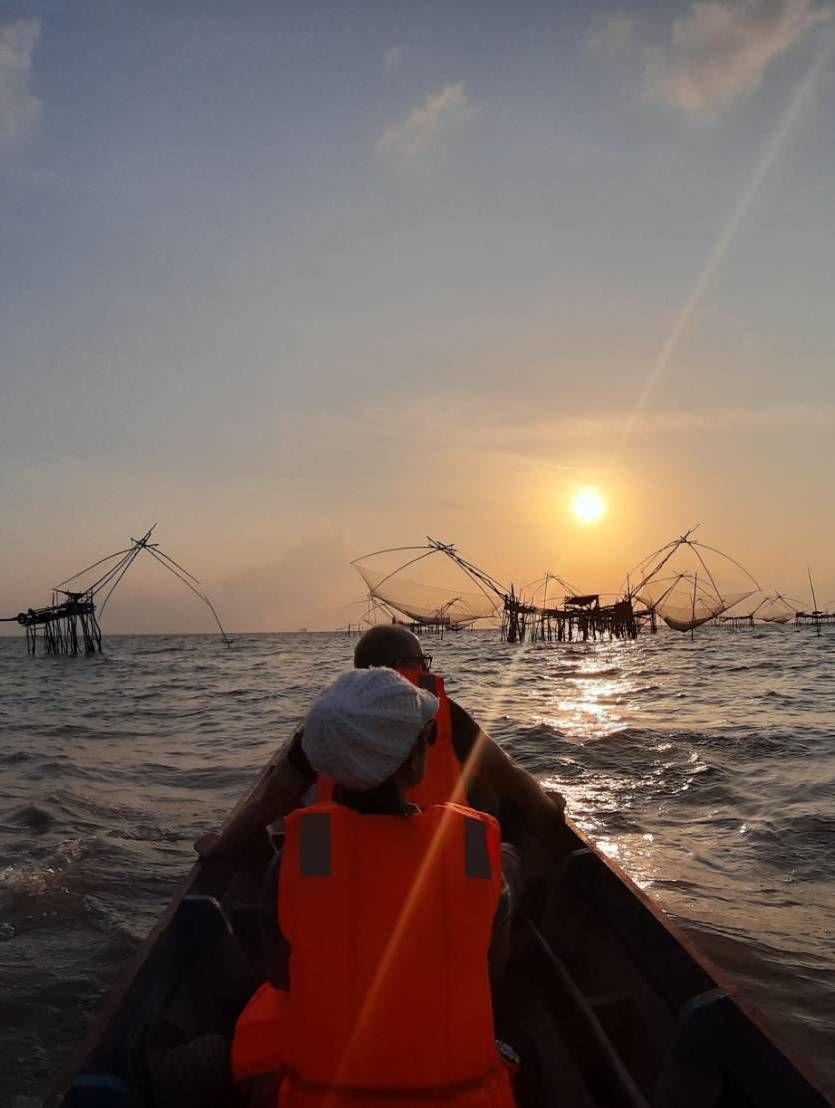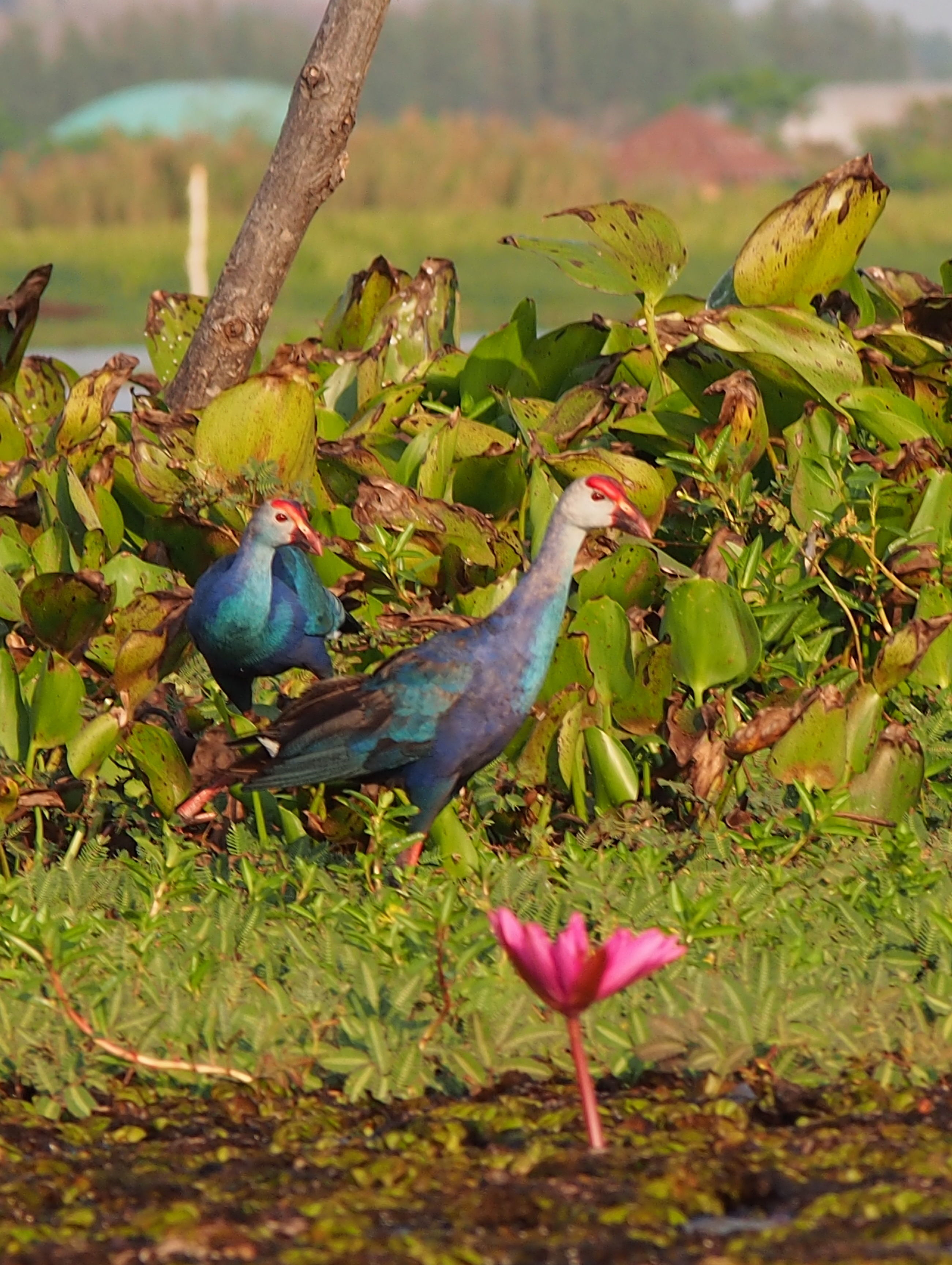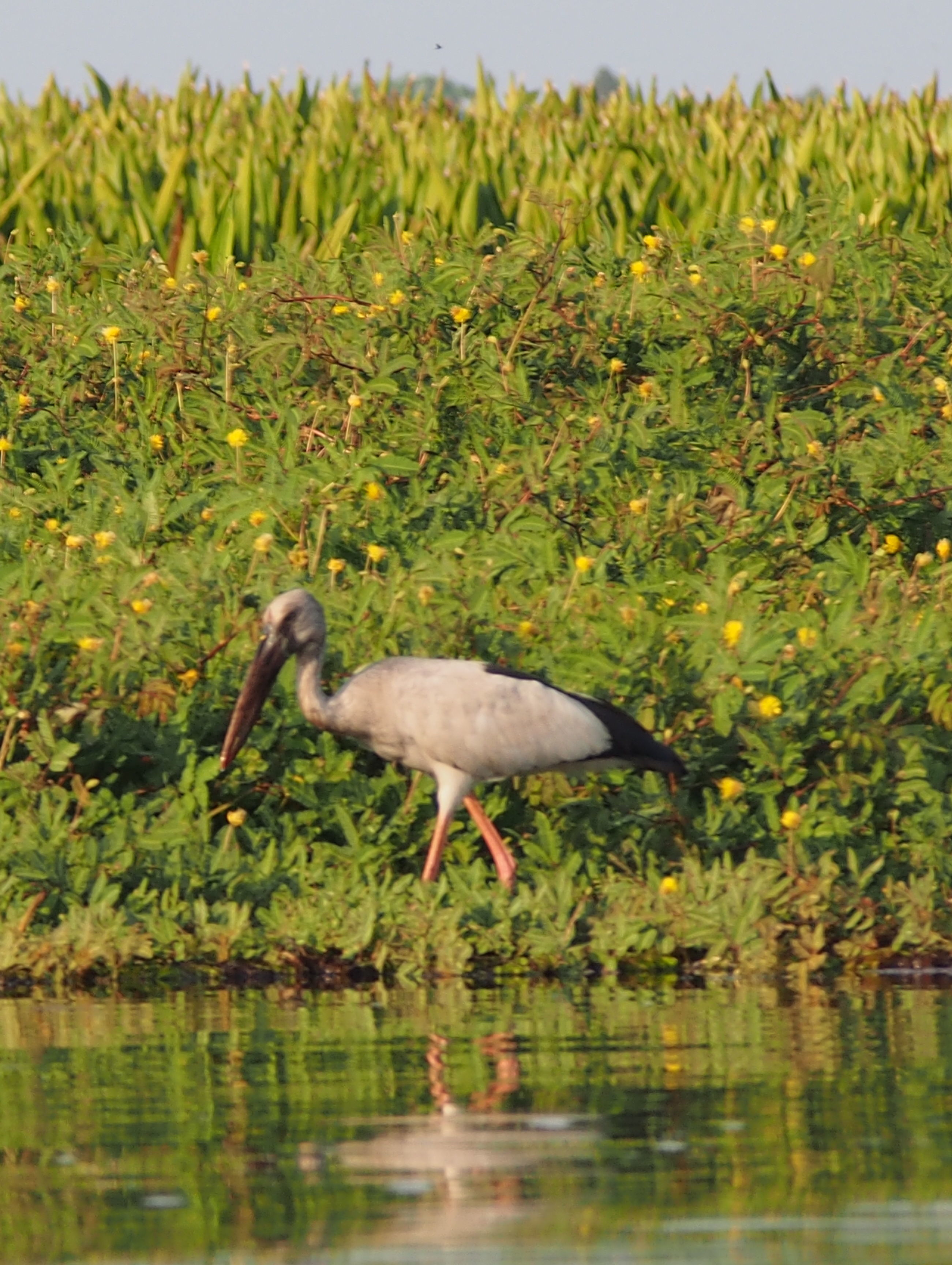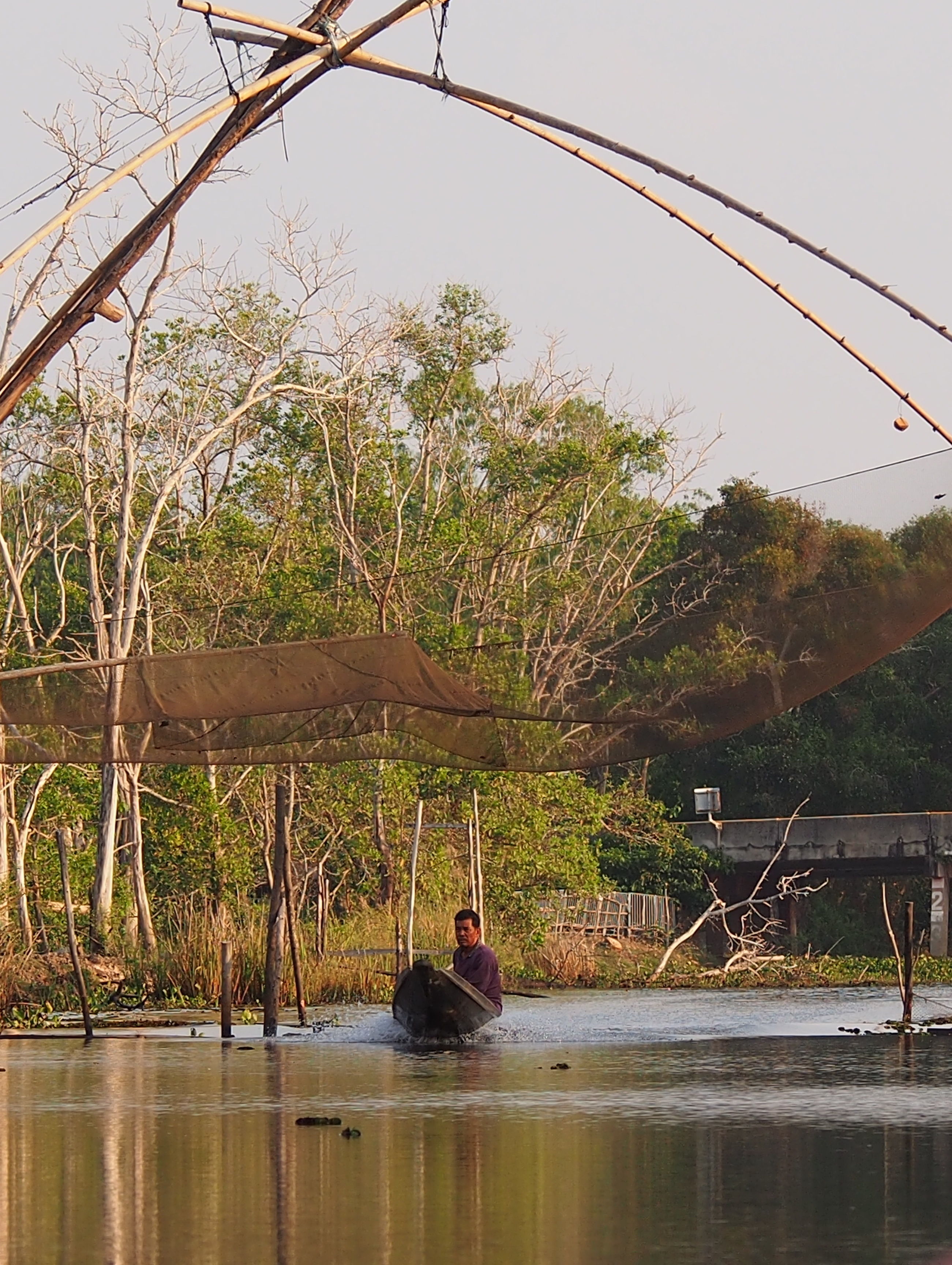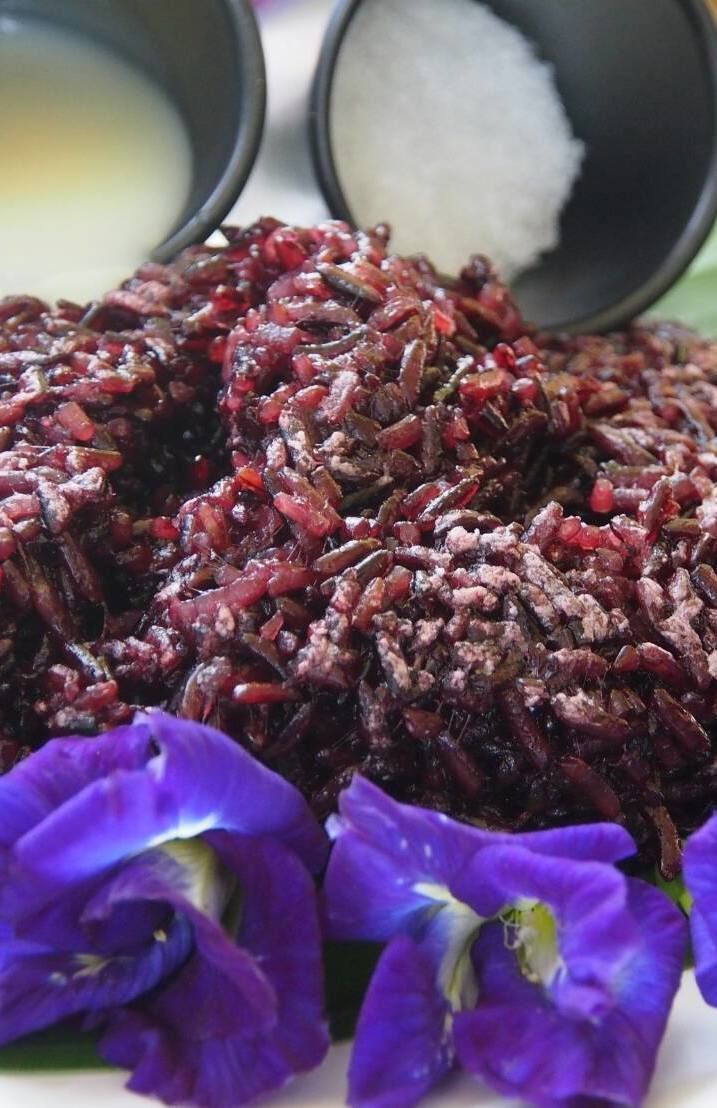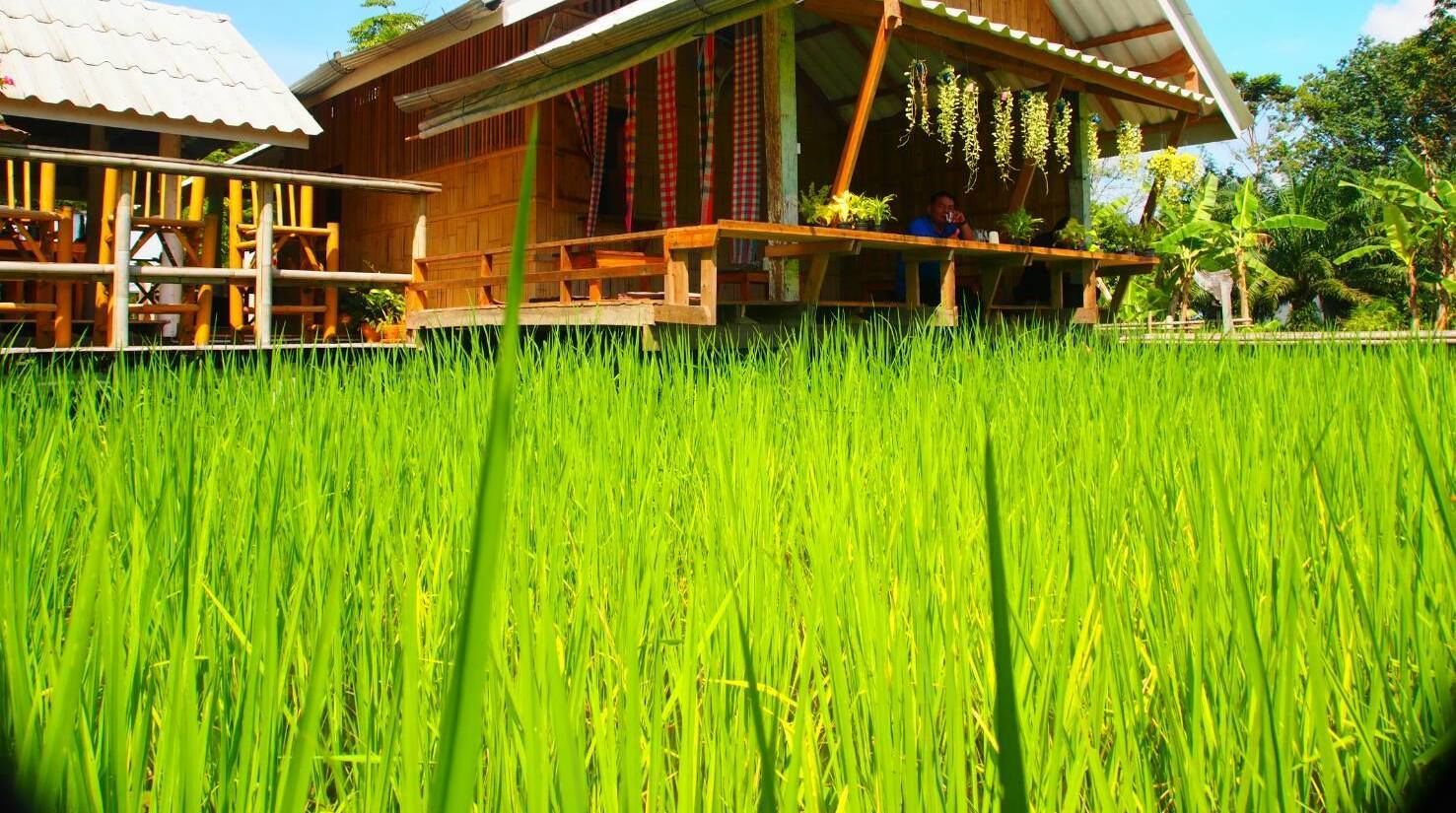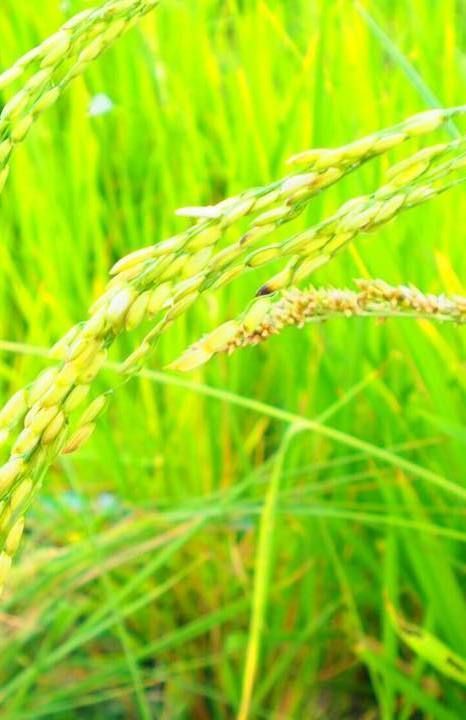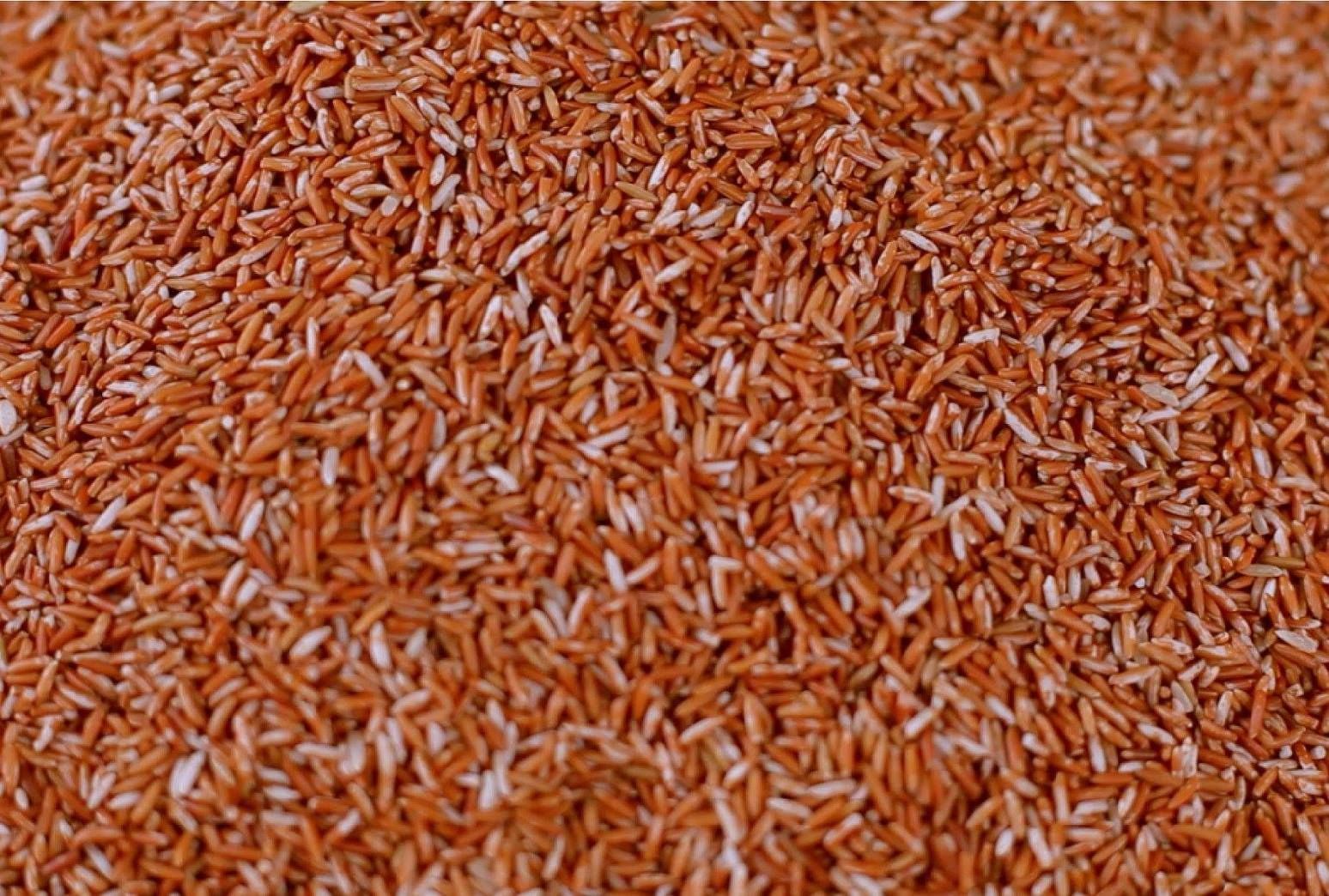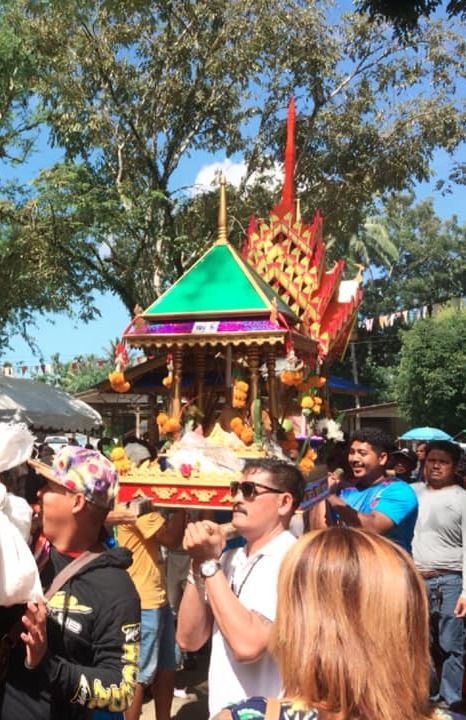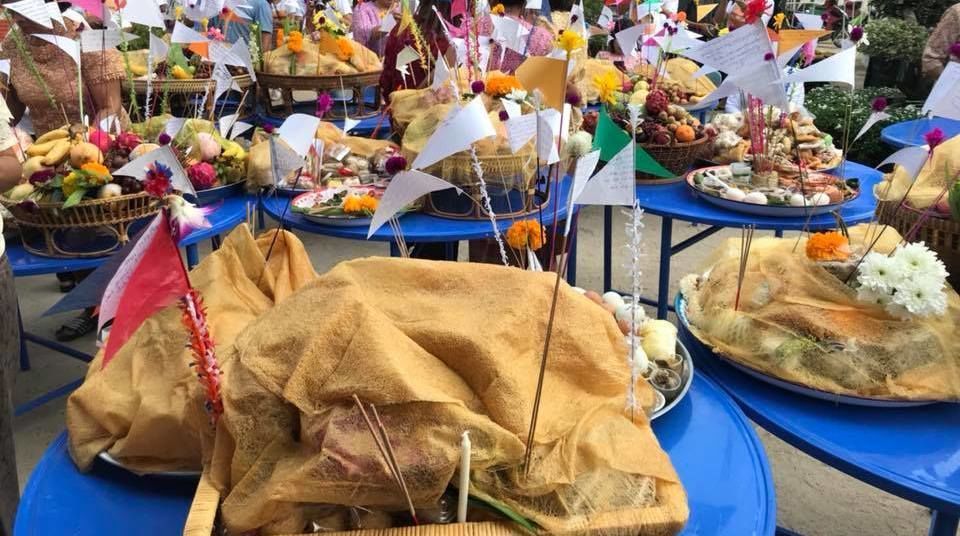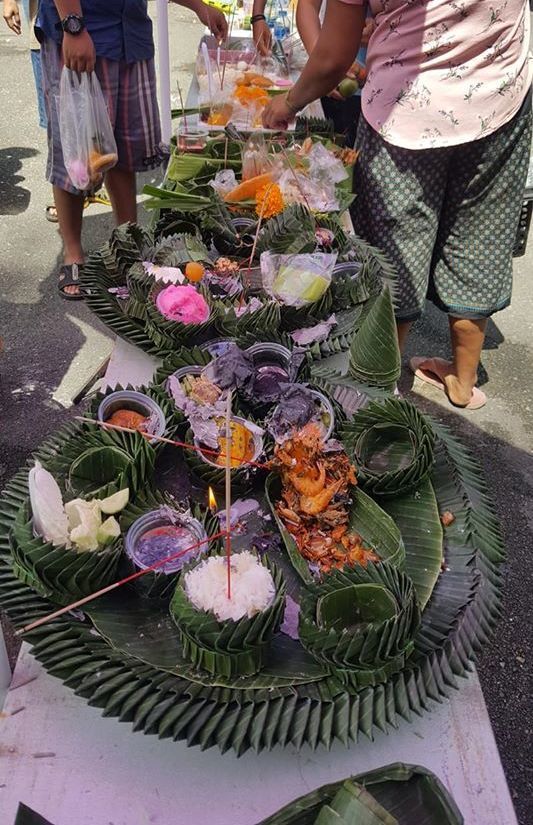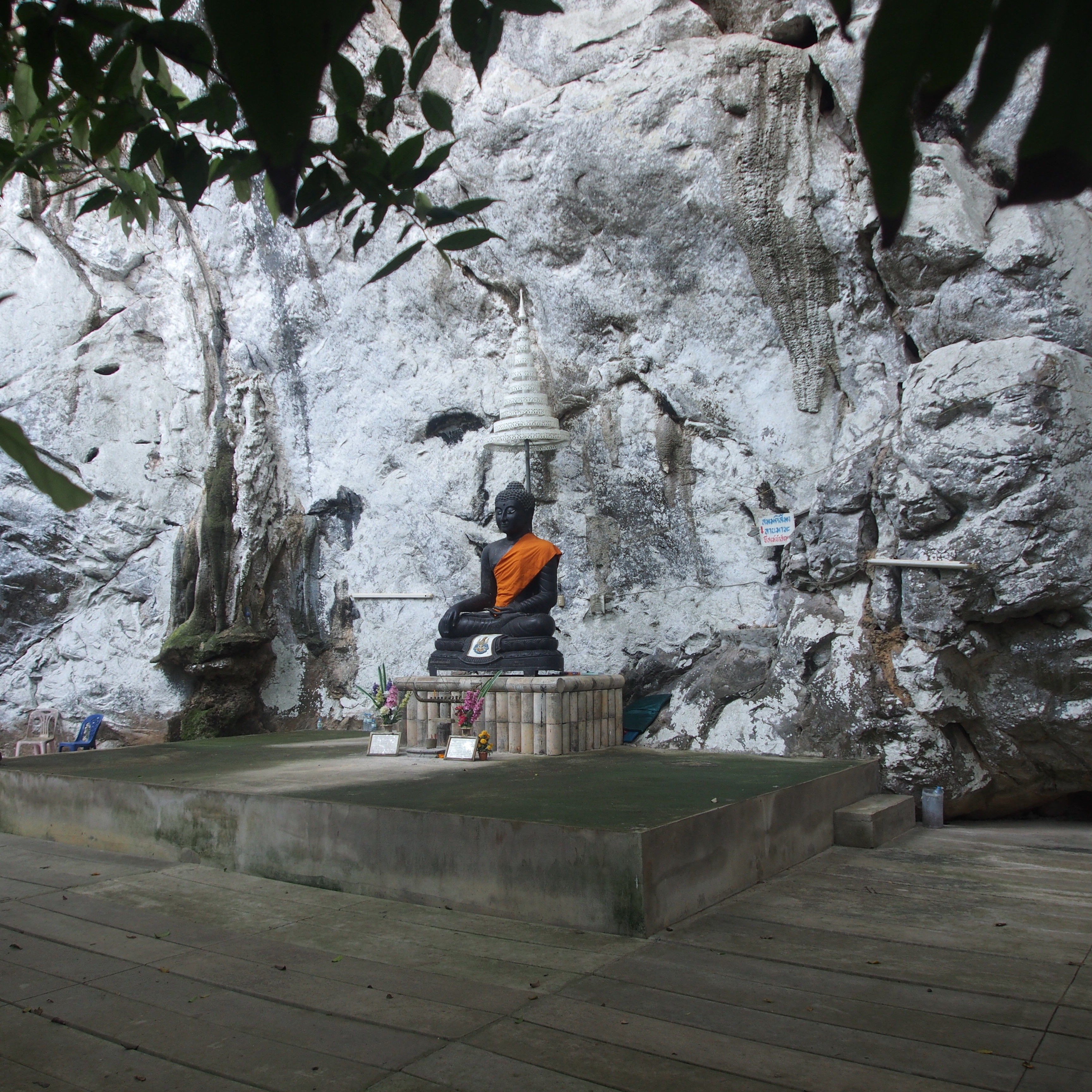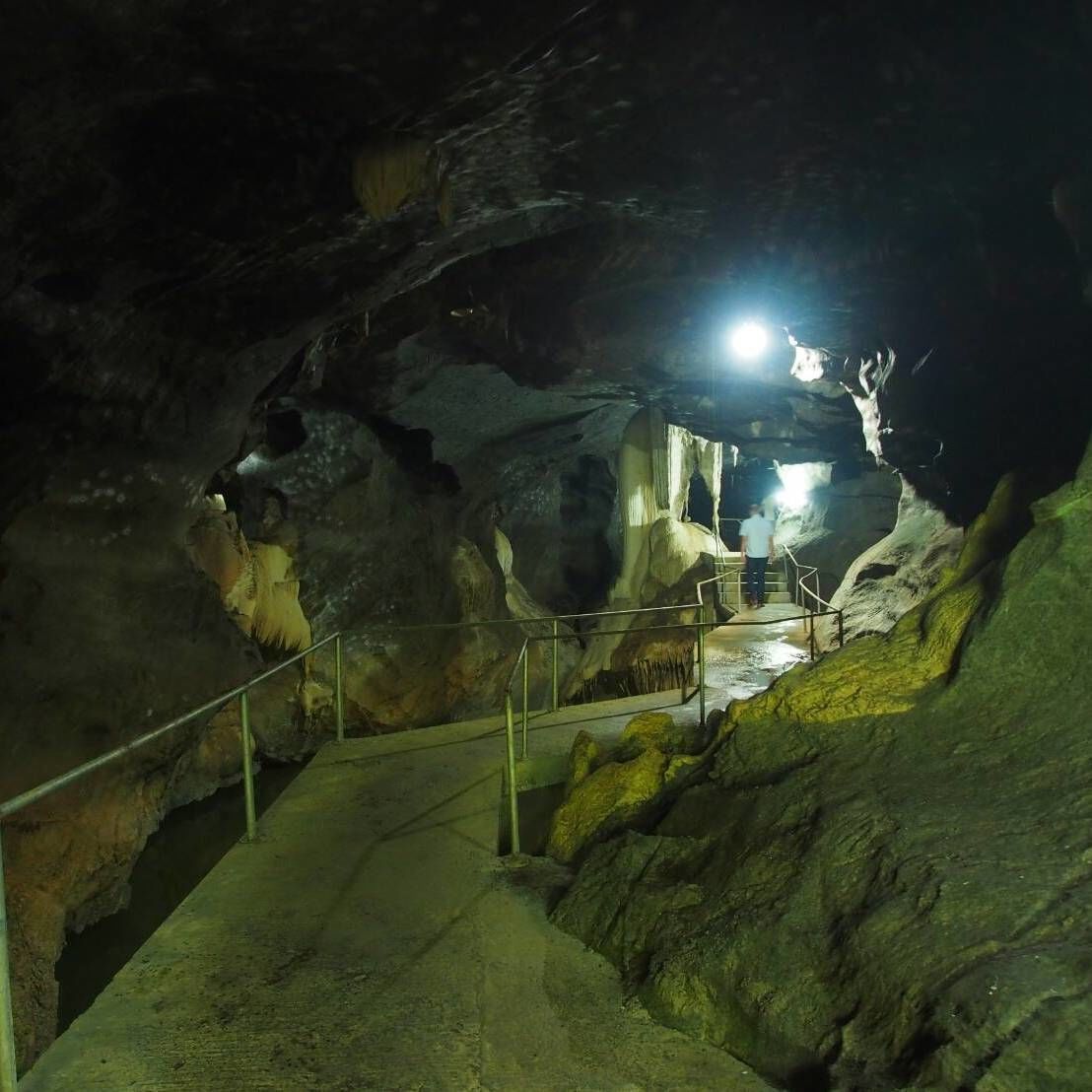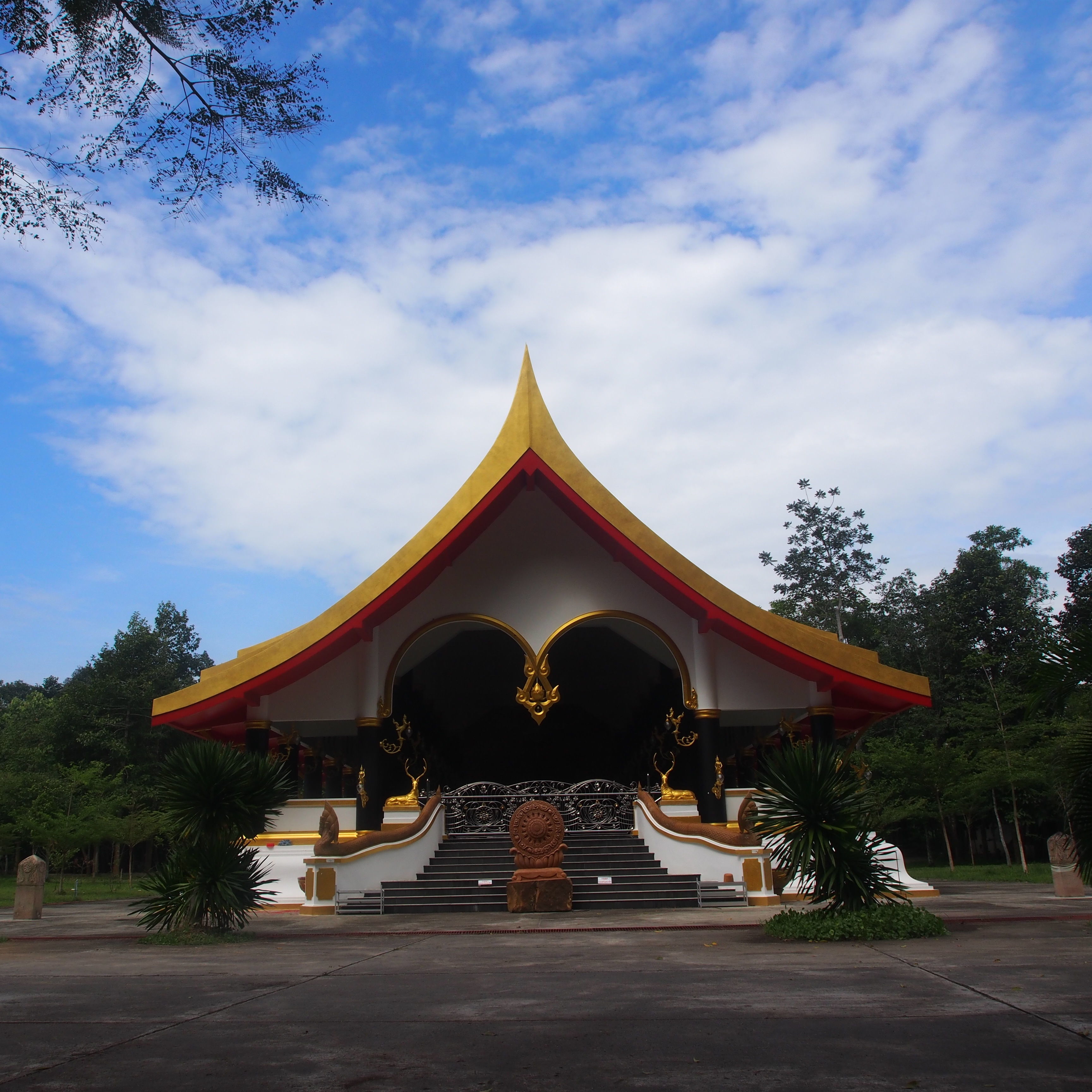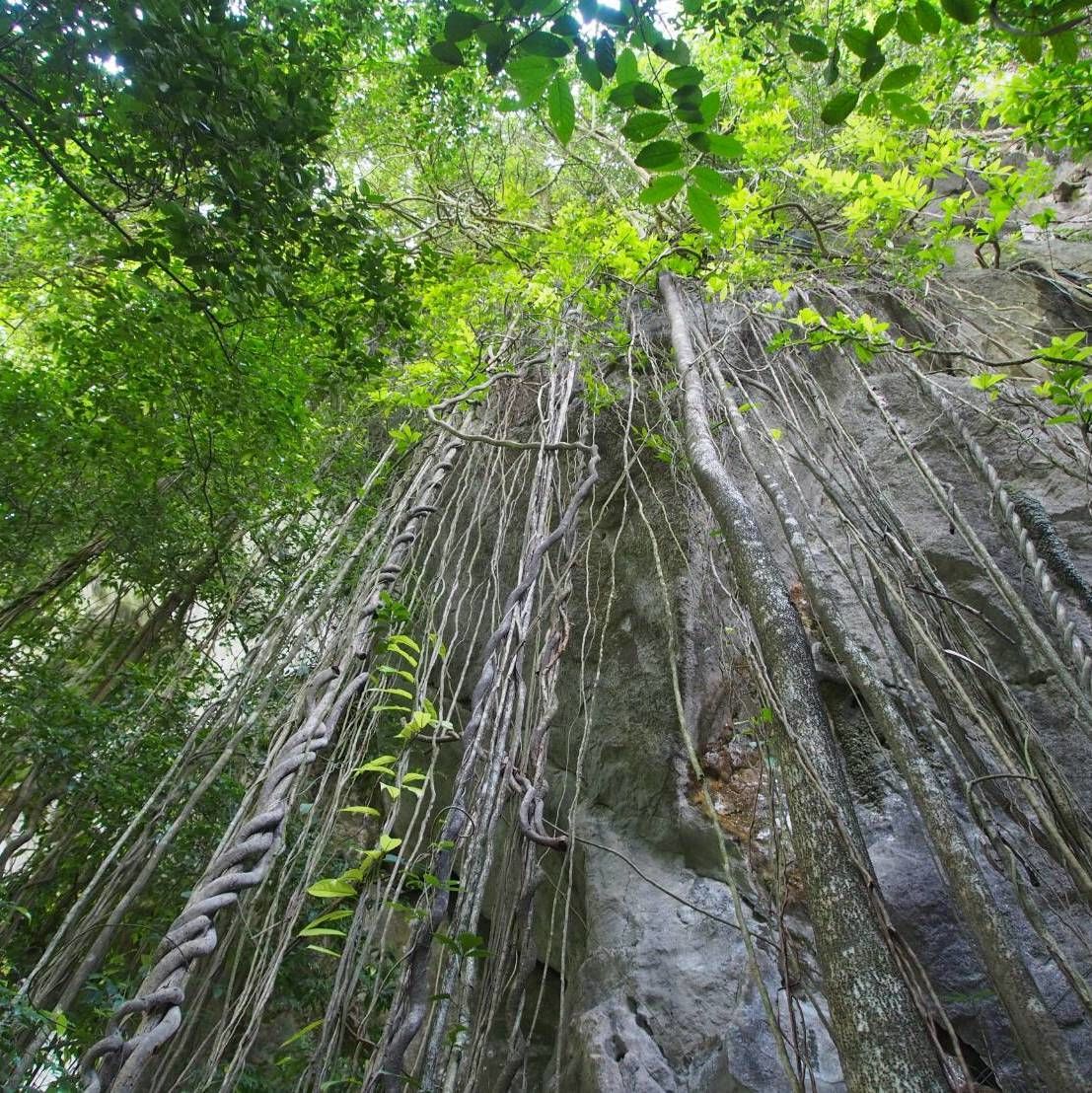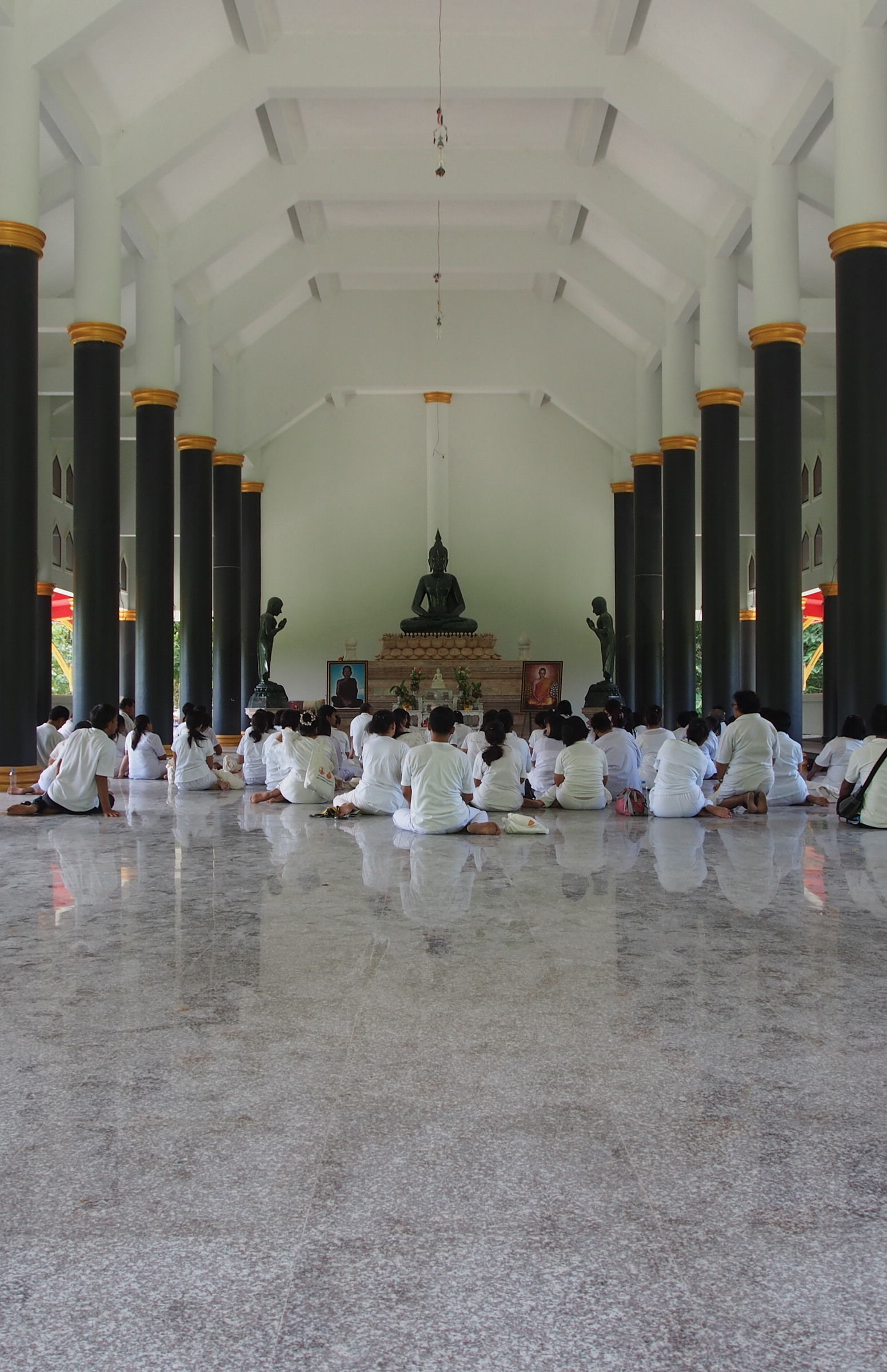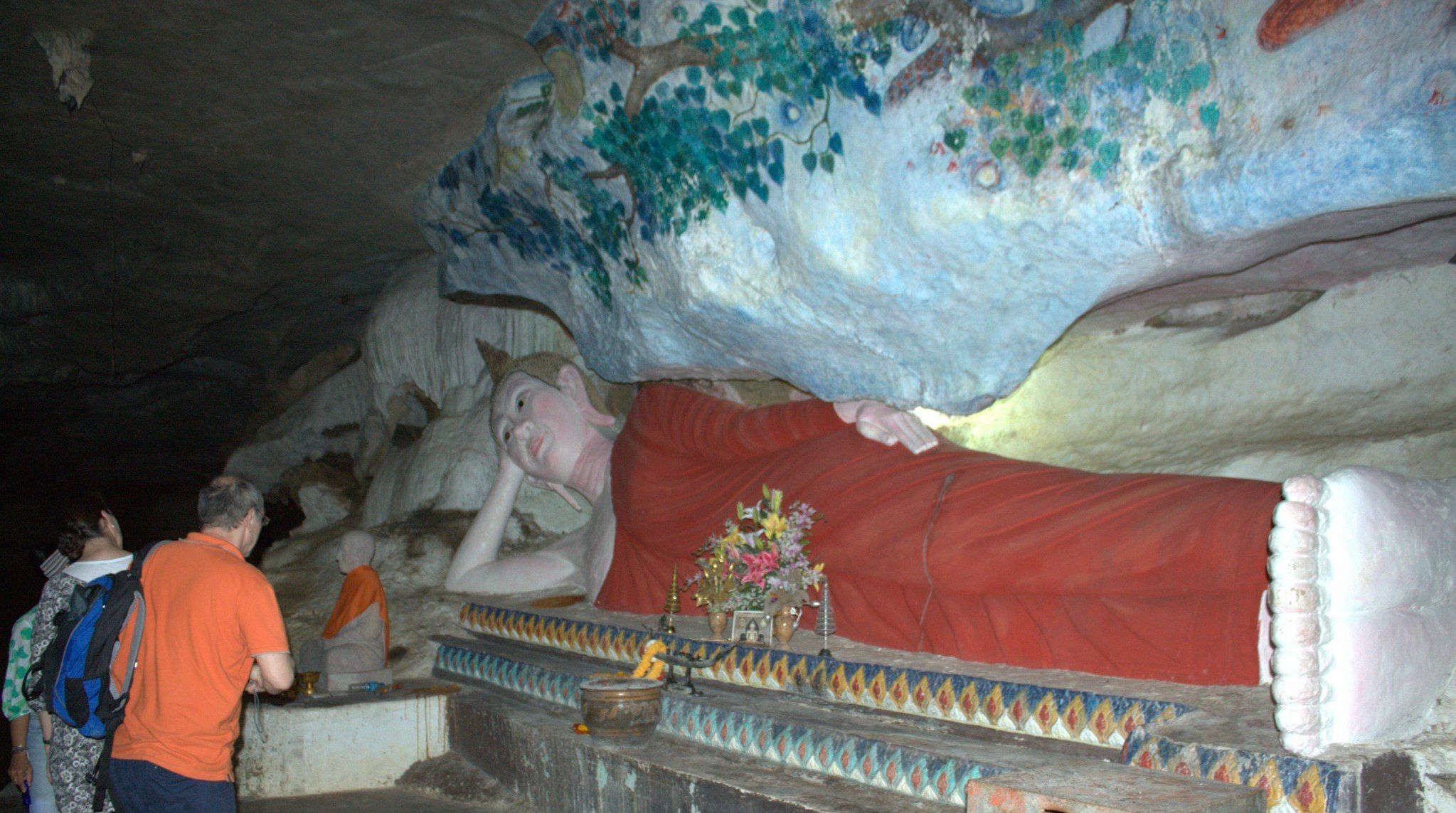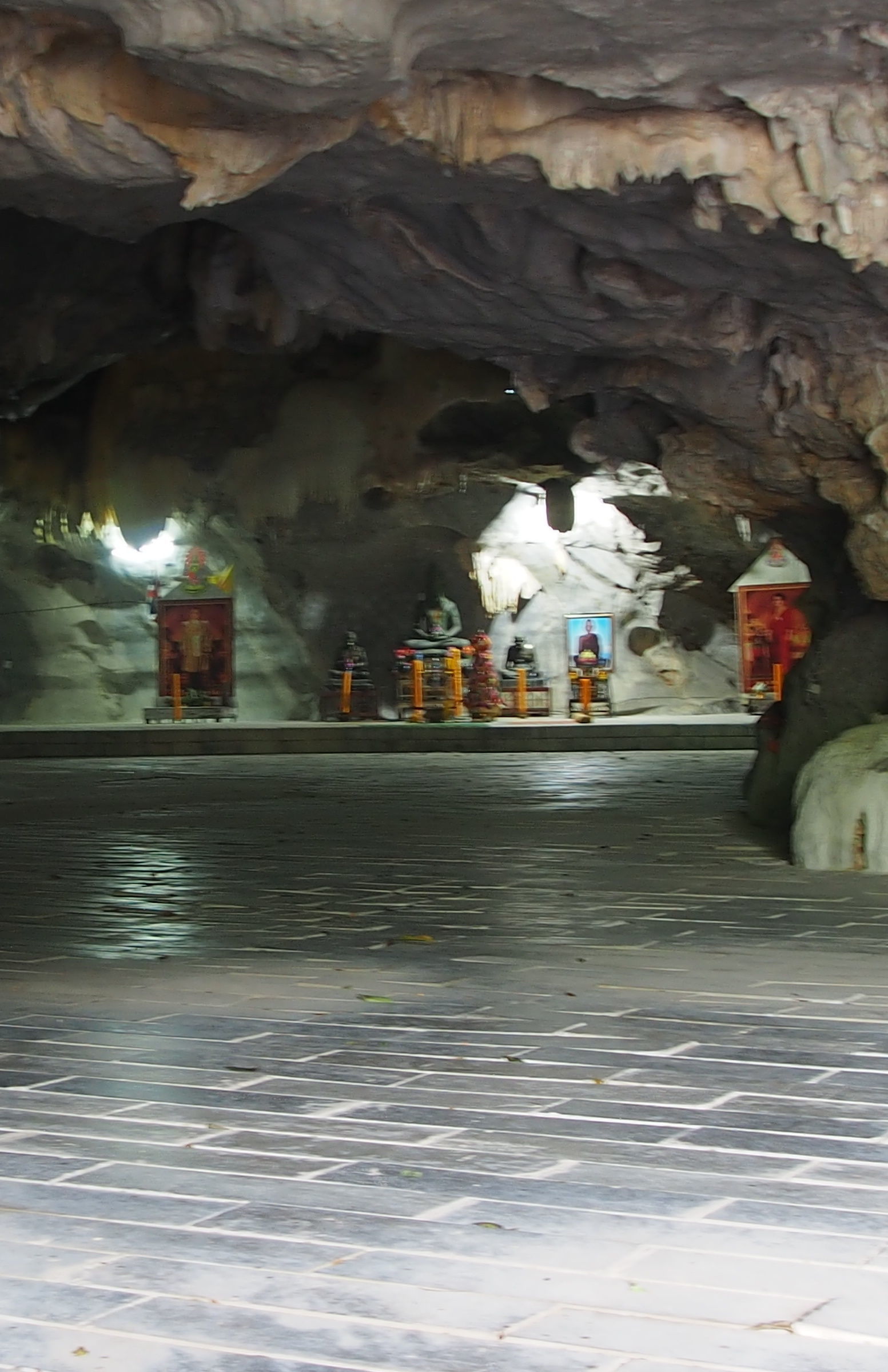Phatthalung
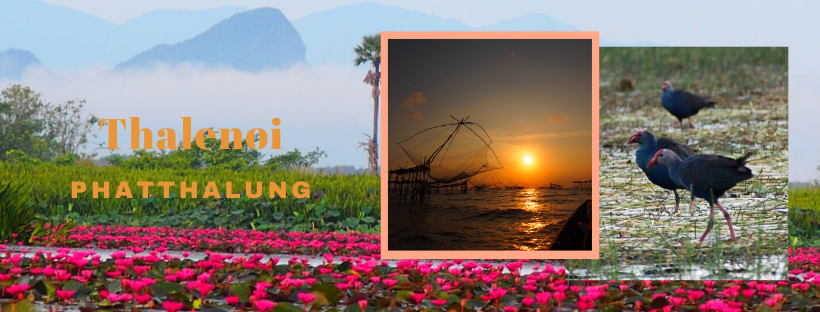
Thalenoi is a large freshwater lake covering about 30 square kilometers, located in Tambon Panang Tung and Tambon Thalenoi of Khuan Khanoon district, Phatthalung Province. It is a water source with abundant of fishes. Klong Nang Riam (Nang Riam canal) is a natural waterway linking Thalenoi with Songkhla Lake. On the West of Thalenoi is habitation while on the East, North, and South are tropical rain forest and swamps with variety of plants such as swamp tea forest, Indian Oak, Indian coral tree, etc.
It is the Habitat for many animals such as Crab-eating macaque, civet, otter, fishing cat, and variety of wild birds including aquatic plants such as water lily, water hyacinth, floating mass, seaweed, and fishes and shrimps that are great feeding to the wild birds. The surrounding of Thalenoi is grasses and thick forest that are good habitation for some 287 species of birds such as wild duck, painted stork, pelican, seagull, kingfisher, purple heron, Back crowned Night Heron, watercock, Black-winged Stilt, Bronze-winged Jacana, Purple Swamphen, White-breasted Waterhen, greater coucal, crake, hawk, egret, etc.
There will be a lot of birds during January - April. For sustainable administration and management on natural resources of Thalenoi, it was set up as a waterfowl park and was announced to be a non-hunting area on 18 February 1975.
After Thailand joined in Ramsar Convention on Wetlands ranked 110 that became effectively since 13 September 1998 by submitting Khuan Khee Sian of Thalenoi Non-hunting Area of Thatthalung to be the first Ramsar Site of Thailand that has been in international obligations of fertility of Thalenoi.
Nowadays, Thalenoi is a significant attraction in Southern Thailand. Tourist from other provinces and from other countries visit it due to its fame of diversity in ecology and restful nature including water lily that is the symbol of Thalenoi.
Empower community by travelling
Pakpra Canal
Purple Swamphen
Asian Open Bill Stork
Square dip Net
Sungyot Rice, the first GI rice of Thailand
Sunyot Rice is a local seed of Phatthalung, has been popular to grow in the local for many generations. Farmers in Phatthalung have been growing this certain seeds.
Regarding to the information from Plant Varieties Protection Division mentioned that Sungyot Rice is a lowland rice with prominent character and its quality satisfied the people of Phatthalung.
Sungyot Rice is of a unique identity that its membrane covering the seed is white with pale to dark red and softer after cooked with aromatic scent and sweet taste while its color turned red. It is easy to digest, suitable for elder people and health carers. This kind of rice is farmed in Phatthalung, especially in Muang district, Khuan Khanoon district, Bang Keaw district, and Khao Chaison district.
Moreover Sungyot Rice is also the pride of Phatthalung because it is the geographical indication (GI) in following to the Act on Protection of Geographical Indication B.E.2546 under the name "Sungyot Rice Muang Phatthalung". That has been the first GI rice of Thailand. It is the inherited wisdom from the ancestors that has been protected for the communities that produce Sungyot Rice in Phatthalung.
Benefits from Sungyot Rice
Local Festivals
The festival is held with essential purpose in dedication to the passed away ancestors and relatives that would be released from the hell on the first waning moon day in the tenth month. They would be released to ask for merit from descendants and relatives that prepare for them. The spirits of the passed away would have to go back to hell on the fifteenth waning moon day in the tenth month. The festival is a tradition of making merit for the spirits of ancestors and relatives
Each family would prepare utensils and food that is called "Mhrap" as alms offering to monks. Five essentials of Mhrap are "Khanom pong" resembles a raft, "Khanom la" resembles garments, "Khanomkong" resembles money, and "Khanomba" resemble "sa-ba" fro a game. Sometime another one adds in that is "Khanom la loi man" resembles pillow. The Mhrap will be placed in front of the temple that is called "tungpret" (placing for the spirit) as a dedication for the spirits that cannot enter the temple. Afterward, it is a tradition function of "Chingpret" (grabbing Mhrap) that is regarded having the leftover from the ancestors which is considered a part of merit making. Many temples rais up a stage for "chingpret" on a high pole and paint with oil for amusement.
Sumano Cave
Sumano Cave
Sumano Cave Temple
Variety of plants
Wat Tham Sumano (Sumano Cave), This temple was found by Phra Ajarn Dech Sumano on 28th April 1987 when he was 36 years old on his 14 years in monkhood. At that time, the area of Wat Tham Sumano was small hills on 500 Rai of land with large limestone caves where stalactites and stalagmites inside its 2 levels of the ground and underdround in 2 hills that was covering by variely of plants. The outer area of the cave has a stream flowing all year long.
Ever since, Wat Tham Sumano has been developed in every part that attracts many tourists who go for meditation practice especially on weekends and holidays.
Wat Tham Sumano in the present time was selected to be a distinguished Dharma Practice Center of Phatthalung.


